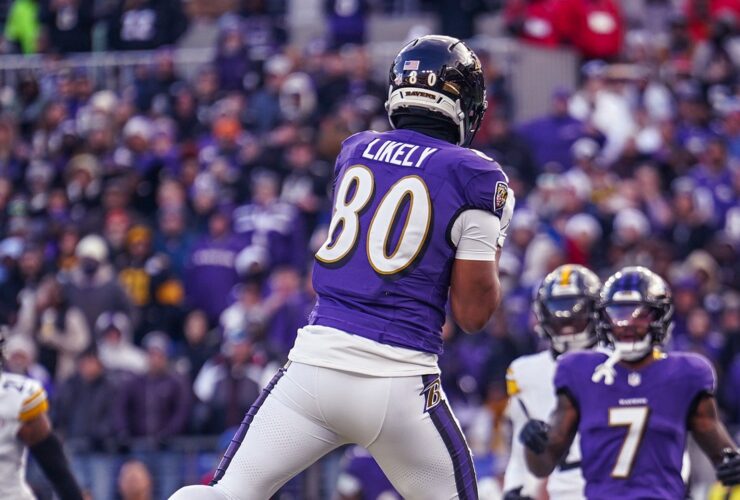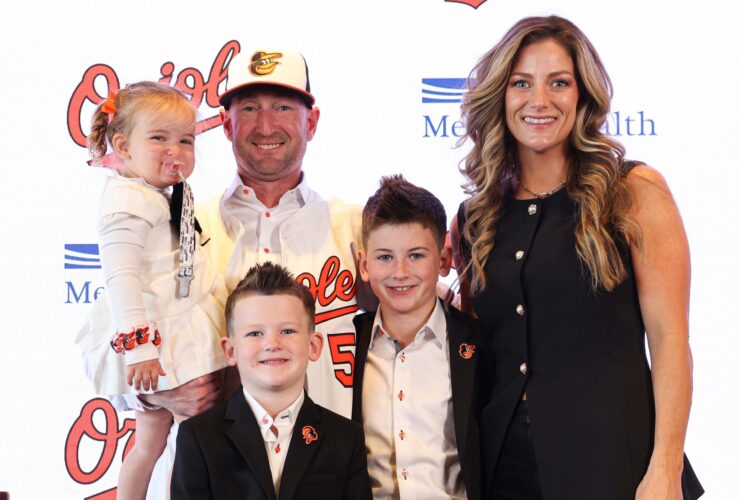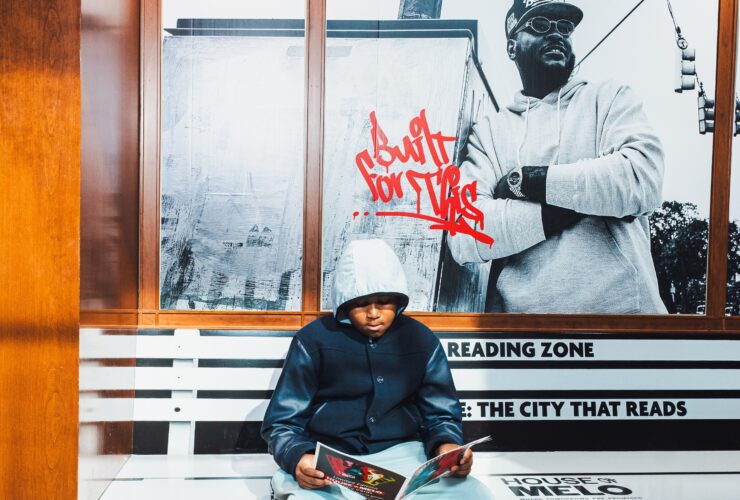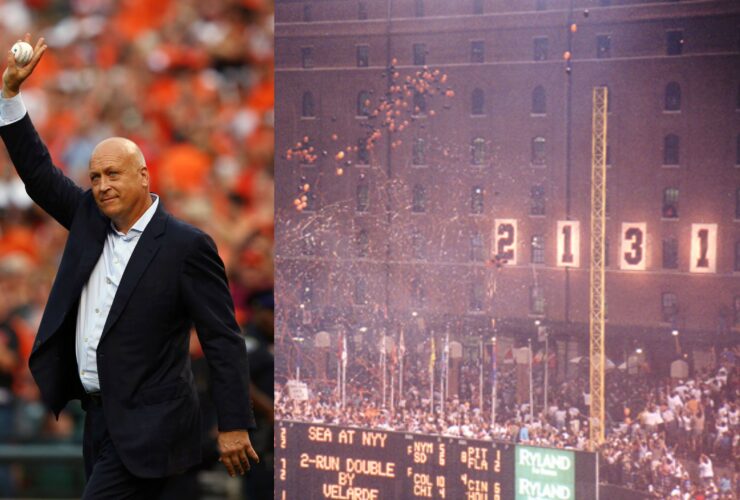
Rites of Spring
Cricket is Growing in Baltimore
Baltimore County is expected to complete construction of its first-ever cricket field at Cloverland Park this year, which will serve, among others, the Saathi Baltimore Cricket Club.
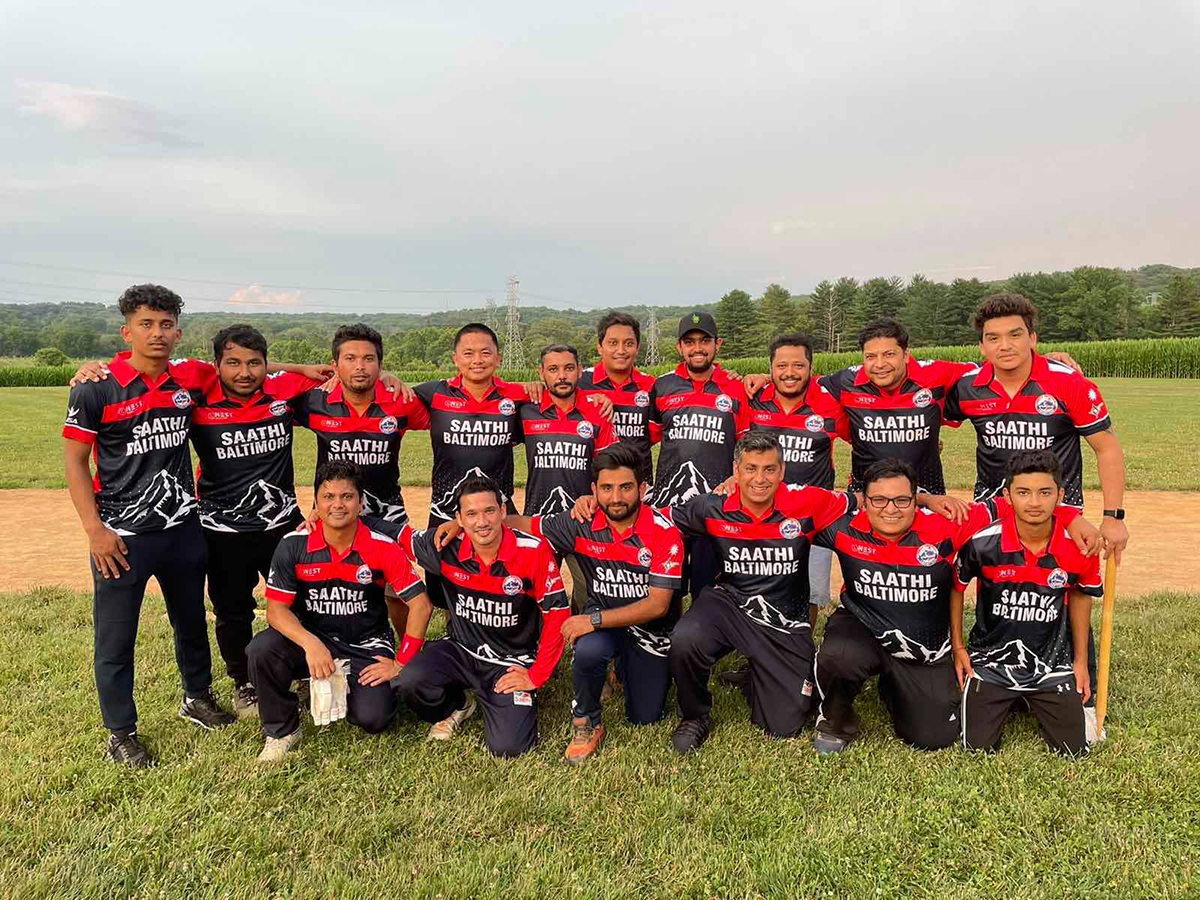
By Ron Cassie
Comeback Story
In the Baltimore region, cricket is a growth industry.
The second most popular spectator sport in the world after soccer, cricket is believed to have been invented by children in the woodland area of southeast England during the Middle Ages. The first written reference to adults playing the game dates to 1611, and by the middle and late 1600s, village and county teams had formed.
Although cricket is largely unfamiliar to most Americans today, it was not always so. The British brought their cricket bats with them to the American Colonies, and it remained one of the most popular sports in the U.S. until baseball emerged as the national pastime during the Civil War.
“THE FIRST WRITTEN REFERENCE TO ADULTS PLAYING THE SPORT DATES TO 1611.”
Similarly, the British introduced cricket to the West Indies, India, Pakistan, Nepal, the Netherlands, Australia, New Zealand, South Africa, Canada— wherever the British Empire went, it toted its cricket bats—and now immigrants from those places have brought the game back to the United States.
Starting July 4, Major League Cricket, with teams in Los Angeles, San Francisco, Seattle, Dallas, New York, and Washington, D.C., launches its second season. Closer to home, Baltimore County is expected to complete construction of its first-ever cricket field at Cloverland Park this year, which will serve, among others, the Saathi Baltimore Cricket Club. The Baltimore region is home to the country’s fifth-largest Nepalese community and its cricket enthusiasts have been advocating for a proper county venue for years.
Meanwhile, Howard County already has multiple public outdoor spaces dedicated to cricket, plus the indoor Columbia Cricket & Sports Complex, which opened in 2022. Mostly used for coaching youth players, the facility also serves as the main training ground for the Baltimore Royals, which competed in Minor League Cricket’s Atlantic Division last year.
“As a member of the USA National Cricket Team, I am proud to see my home county is fully committed to growing the sport,” said the India-born Sunny Sohal, a Royals member and Howard County youth cricket coach. “Infrastructure is a key to the success of cricket in the USA.”
RULES
Laws of the Game
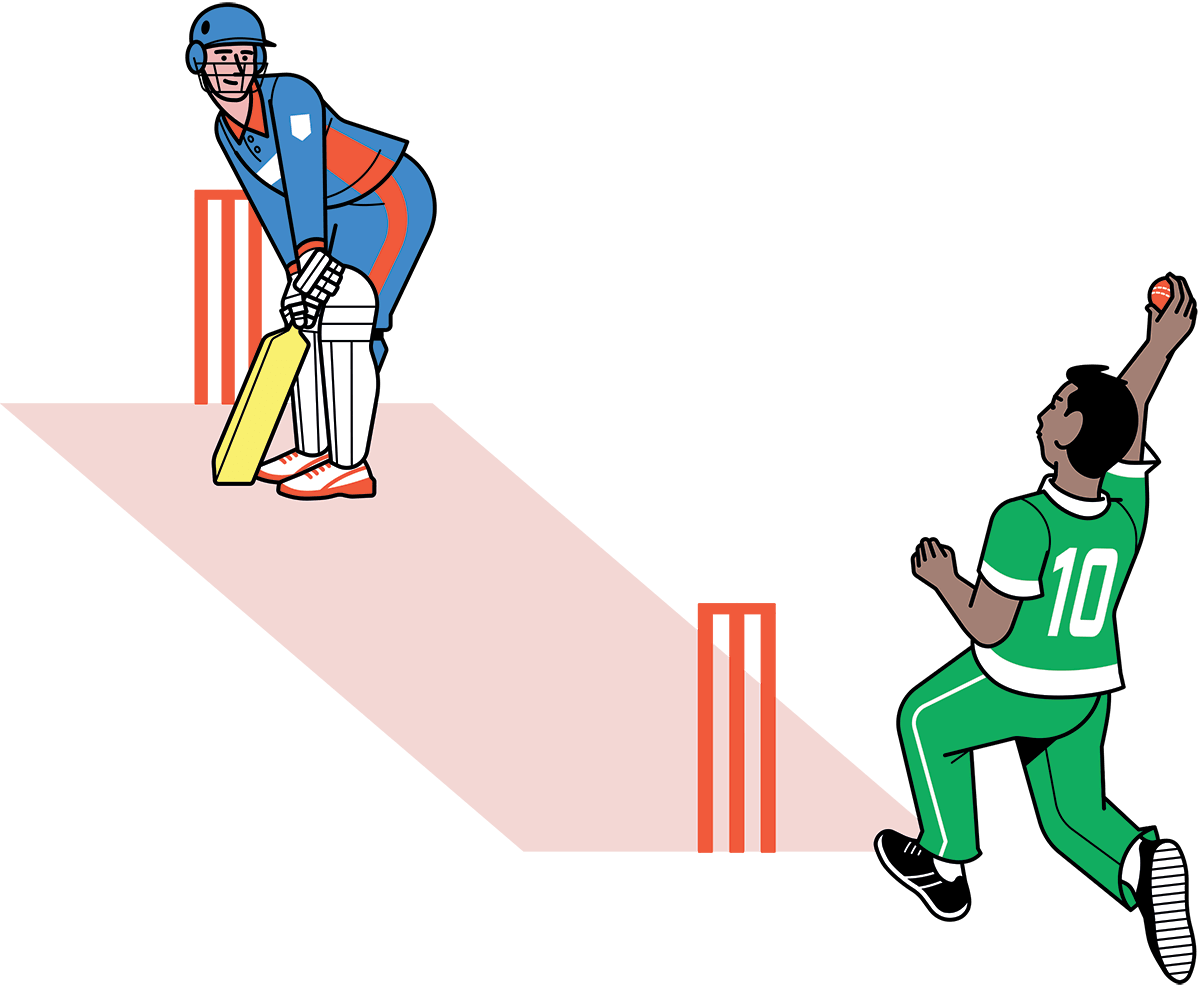
We have all heard the phrase “a sticky wicket.” But how many people know that the metaphor originated from cricket?
And that specifically, it refers to the difficulties that arise when the area in front of the “wicket”—the trio of upright wooden poles guarded by the batsman—becomes wet from rain, making the bounce of the ball harder for the batsman to anticipate.
Observing a match for the first time, the laws of cricket can be challenging to grasp, though there are similarities to baseball. Opposing sides, which number 11, take turns on offense and defense. The number of innings can range from two to six, depending on the type of contest—often playing out over several days—but shorter versions of the game have become popular over the past two decades. The batsman, who can direct the ball in any direction, stands in the center of a round field. There are only two bases and the teams that scores the most runs wins.
Wickets, also the term for “outs,” are counted down in several ways—by a batter missing a ball that then knocks down one of the wooden poles or a fielder making a catch, for example.
Unsurprisingly, native Baltimorean Babe Ruth displayed great potential as a batsman during a London exhibition. “I wish I could have him for a fortnight,” Ruth’s instructor said after watching him bash bowled ball after bowled ball. “I could make one of the world’s greatest batsmen out of him.”










